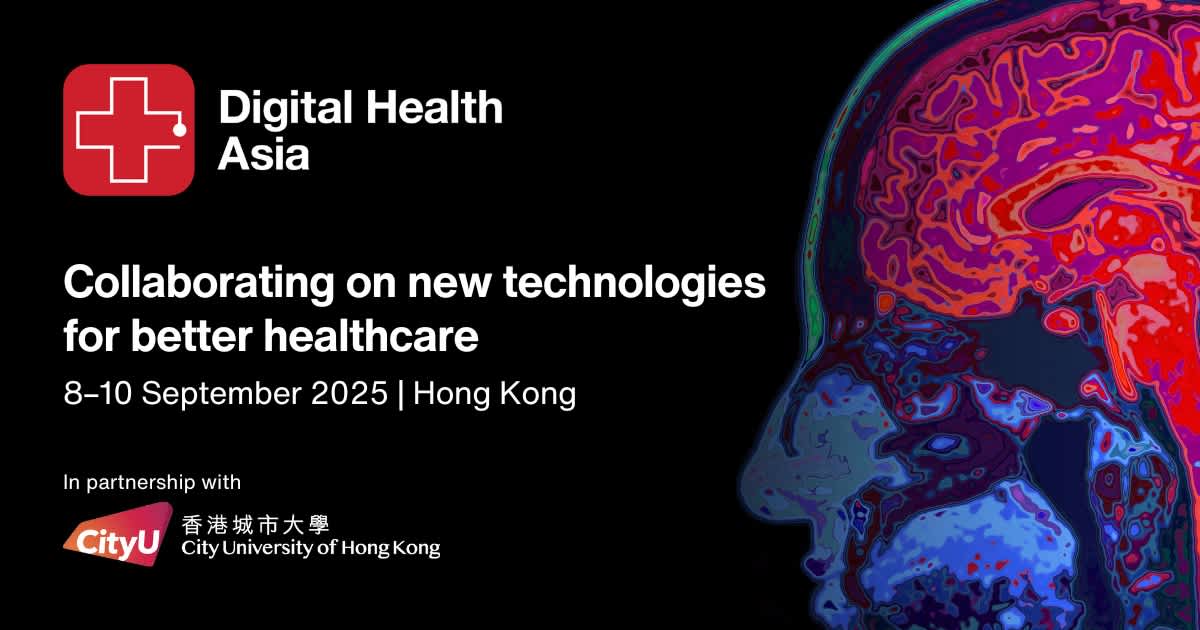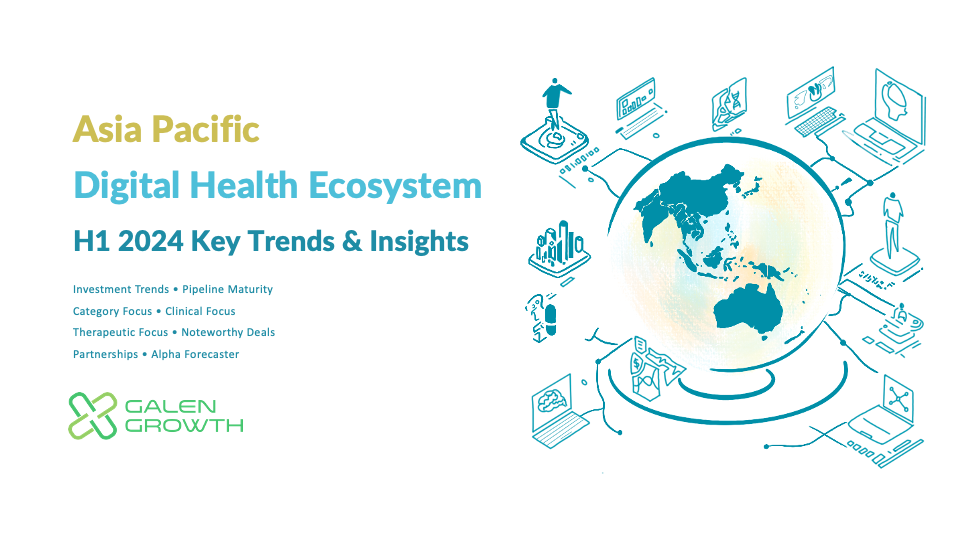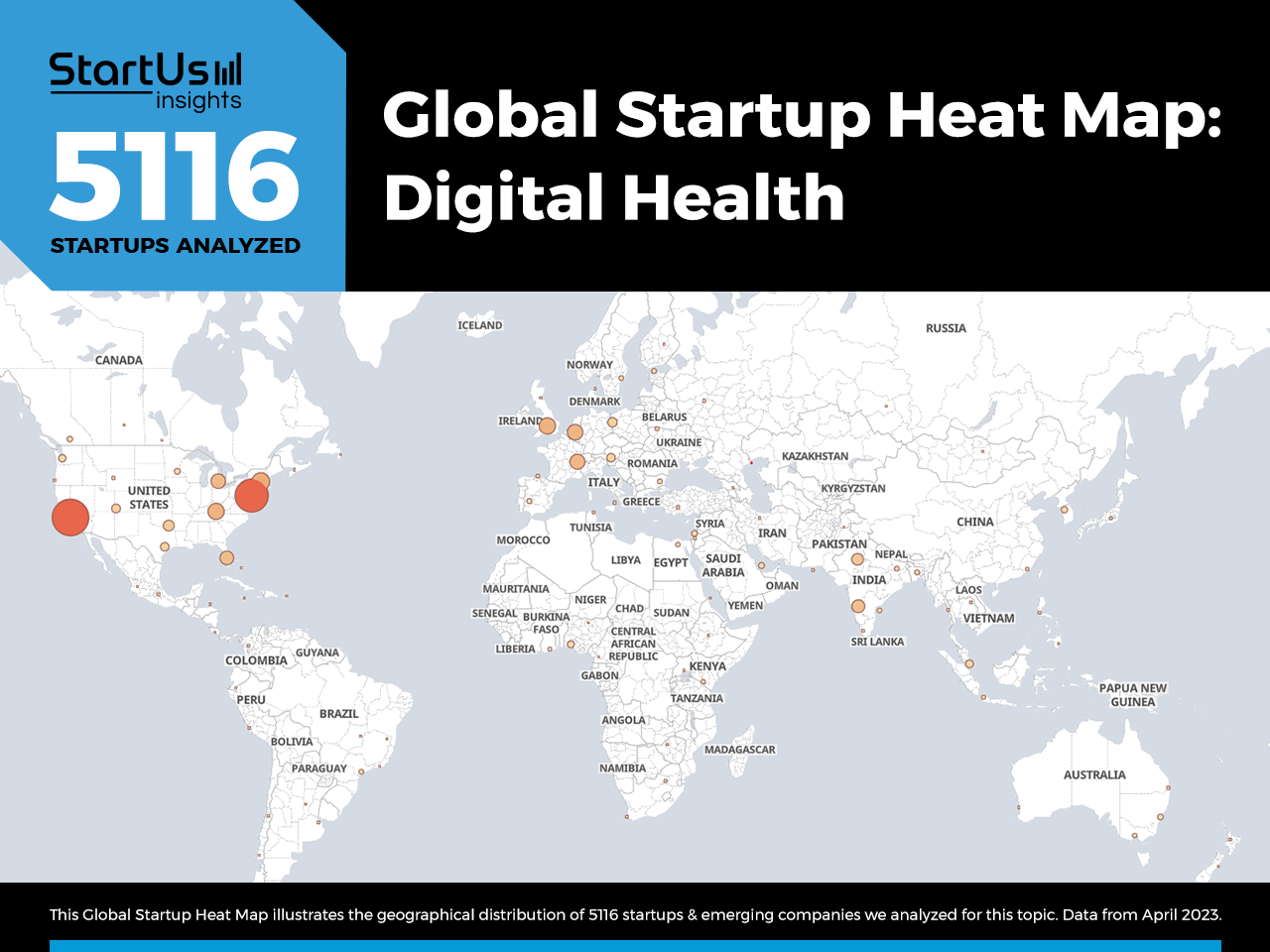Digital Health Revolution: Transforming Asia by 2025

Exploring the future landscape of digital health trends in Asia by 2025, this introduction sets the stage for a fascinating journey into the advancements and innovations shaping the region's healthcare industry.
Providing insights into the current state of digital health and the key drivers propelling its transformation, this overview offers a comprehensive look at the upcoming trends and technologies revolutionizing healthcare in Asia.
Overview of Digital Health Trends in Asia by 2025

The current state of digital health in Asia is rapidly evolving, with advancements in technology playing a crucial role in transforming healthcare delivery. Countries in Asia are increasingly embracing digital health solutions to improve access to healthcare services, enhance patient outcomes, and streamline healthcare processes.Key factors driving digital health trends in Asia include the growing penetration of smartphones and internet connectivity, the rising burden of chronic diseases, and the need for cost-effective healthcare solutions.
Additionally, government initiatives and policies promoting the adoption of digital health technologies are driving innovation in the region.The significance of digital health transformation in Asia by 2025 lies in its potential to revolutionize the healthcare landscape by making healthcare more accessible, affordable, and efficient.
With the integration of technologies such as artificial intelligence, telemedicine, and wearable devices, digital health is expected to enhance preventive care, personalized medicine, and remote patient monitoring in the region.
Telemedicine and Remote Healthcare Services

In Asia, telemedicine has seen significant growth over the past few years, transforming the way healthcare services are delivered in the region.
Growth of Telemedicine in Asia
Telemedicine in Asia has expanded rapidly due to advancements in technology, increased internet connectivity, and the need for accessible healthcare services. Countries like India, China, and South Korea have been at the forefront of adopting telemedicine to reach remote areas and provide medical assistance to underserved populations.
Comparison of Traditional Healthcare Services with Remote Healthcare Options
- Traditional Healthcare Services:
- Require in-person visits to healthcare facilities.
- Limited access to specialized care, especially in rural areas.
- Can be time-consuming and costly for patients.
- Remote Healthcare Options:
- Allow patients to consult with healthcare providers remotely, saving time and travel costs.
- Enable access to specialized care from anywhere, improving healthcare outcomes.
- Provide a convenient and efficient way to receive medical advice and prescriptions.
Benefits and Challenges of Telemedicine Adoption in the Region
- Benefits:
- Increased access to healthcare services, especially in rural and remote areas.
- Convenience for patients to consult with healthcare providers from their homes.
- Reduction in healthcare costs for both patients and providers.
- Challenges:
- Regulatory hurdles and licensing issues across different countries.
- Data security concerns related to the transmission of sensitive patient information.
- Lack of infrastructure and technology literacy in some regions.
Wearable Technology and Health Monitoring Devices
Wearable technology and health monitoring devices have gained significant popularity in Asia, revolutionizing the way individuals track and manage their health on a daily basis. These innovative devices have paved the way for more proactive and personalized healthcare practices in the region.
Popularity of Wearable Health Tech in Asia
Wearable health technology has seen a surge in adoption across Asia, with more and more individuals embracing devices such as fitness trackers, smartwatches, and health monitoring wearables. These devices allow users to monitor their physical activity, heart rate, sleep patterns, and even stress levels in real-time, providing valuable insights into their overall health and well-being.
Examples of Innovative Health Monitoring Devices
Fitbit
A popular fitness tracker that monitors activity levels, heart rate, and sleep quality.
Apple Watch
Combines health and fitness tracking with advanced features like ECG monitoring and fall detection.
Oura Ring
A smart ring that tracks sleep patterns, activity levels, and overall readiness.
Withings BPM Core
A blood pressure monitor that also measures ECG and detects valvular heart disease.
Wearable Technology Shaping Healthcare Practices in Asia
Wearable technology is reshaping healthcare practices in Asia by empowering individuals to take control of their health and well-being. These devices enable continuous monitoring of key health metrics, early detection of potential health issues, and seamless communication with healthcare providers.
As a result, healthcare professionals can deliver more personalized and data-driven care to patients, ultimately leading to improved health outcomes across the region.
AI and Big Data in Healthcare
Artificial intelligence (AI) and big data are revolutionizing the healthcare industry in Asia by enhancing the quality of care, improving diagnostics, and transforming the patient experience.
Role of Artificial Intelligence in Transforming Healthcare
AI algorithms are being used to analyze complex medical data, predict disease outcomes, and personalize treatment plans for patients. By leveraging machine learning and natural language processing, AI can assist healthcare professionals in making faster and more accurate clinical decisions.
For example, AI-powered chatbots are being used to provide real-time medical advice and support to patients, reducing the burden on healthcare facilities.
Impact of Big Data Analytics on Healthcare Decision-Making
Big data analytics enables healthcare providers to gather and analyze large volumes of patient data to identify trends, patterns, and correlations that would be impossible for humans to detect. This data-driven approach helps in predicting disease outbreaks, optimizing treatment protocols, and improving operational efficiency in hospitals.
By harnessing the power of big data, healthcare organizations can make informed decisions that lead to better patient outcomes and reduced costs.
Ethical Considerations of AI and Big Data in Asian Healthcare Systems
While AI and big data offer numerous benefits to the healthcare industry, there are ethical considerations that need to be addressed. Issues such as data privacy, security, bias in algorithms, and the potential for misuse of patient information must be carefully managed to ensure patient trust and regulatory compliance.
Asian healthcare systems must establish robust governance frameworks and ethical guidelines to safeguard patient data and uphold the highest standards of care while harnessing the potential of AI and big data technologies.
Health Apps and Digital Platforms

In the realm of digital health trends in Asia by 2025, the use of health apps and digital platforms is becoming increasingly prevalent, revolutionizing the way healthcare services are accessed and delivered.
Popular Health Apps in Asia
- 1. MyFitnessPal: A popular app for tracking nutrition and exercise, helping users maintain a healthy lifestyle.
- 2. Ada: An AI-powered symptom checker that provides personalized health assessments and recommendations.
- 3. Practo: A platform for booking doctor appointments, ordering medicines, and accessing healthcare information.
- 4. Ping An Good Doctor: China's leading online healthcare platform offering telemedicine services and health management tools.
Functionalities of Digital Platforms for Healthcare Services
- 1. Teleconsultation: Digital platforms enable patients to consult with healthcare providers remotely, improving access to medical advice.
- 2. Remote Monitoring: Patients can use digital platforms to track their health data and share it with healthcare professionals for continuous monitoring.
- 3. Prescription Services: Some platforms allow users to order medicines online and have them delivered to their doorstep.
Impact on Patient-Doctor Interactions
- 1. Increased Accessibility: Patients can connect with healthcare providers anytime, anywhere, reducing the need for in-person visits.
- 2. Enhanced Communication: Digital platforms facilitate seamless communication between patients and doctors, leading to better coordination of care.
- 3. Personalized Care: Health apps and platforms enable personalized health recommendations based on individual data, improving patient outcomes.
Cybersecurity in Digital Healthcare
In the rapidly evolving landscape of digital healthcare, cybersecurity plays a crucial role in safeguarding patient data and ensuring the integrity of healthcare systems.
Common Cybersecurity Threats in Healthcare Organizations
- Phishing Attacks: Cybercriminals often use emails or messages to trick healthcare employees into revealing sensitive information or installing malware.
- Ransomware: This type of malware encrypts data and demands payment for decryption, posing a significant threat to patient records and operational continuity.
- Insider Threats: Employees or contractors with access to sensitive data may intentionally or unintentionally compromise security, leading to data breaches.
- IoT Vulnerabilities: Connected medical devices and wearables can be susceptible to cyber attacks, potentially impacting patient safety and privacy.
Strategies to Enhance Cybersecurity Measures
- Regular Employee Training: Educating staff on identifying and responding to cybersecurity threats can help mitigate risks and enhance overall security posture.
- Implementing Multi-Factor Authentication: Adding an extra layer of security beyond passwords can prevent unauthorized access to systems and data.
- Encryption of Data: Utilizing encryption techniques to protect sensitive information both at rest and in transit can prevent unauthorized access.
- Continuous Monitoring and Incident Response: Proactively monitoring networks for unusual activity and having a robust incident response plan in place can help detect and address security incidents promptly.
Concluding Remarks
In conclusion, the digital health revolution in Asia by 2025 signifies a pivotal shift towards more accessible, efficient, and patient-centric healthcare services. As technology continues to evolve, the region is poised to embrace a new era of healthcare innovation that promises to improve the well-being of millions.
Expert Answers
What are the key factors driving digital health trends in Asia?
The key factors include increasing internet penetration, rising healthcare costs, changing demographics, and a growing demand for more accessible healthcare services.
What are some examples of innovative health monitoring devices in Asia?
Examples include smartwatches with health tracking features, wearable ECG monitors, and portable blood glucose monitors.
How are health apps and digital platforms changing patient-doctor interactions in Asia?
These tools are enabling remote consultations, personalized care management, and real-time communication between patients and healthcare providers, transforming the traditional healthcare delivery model.




